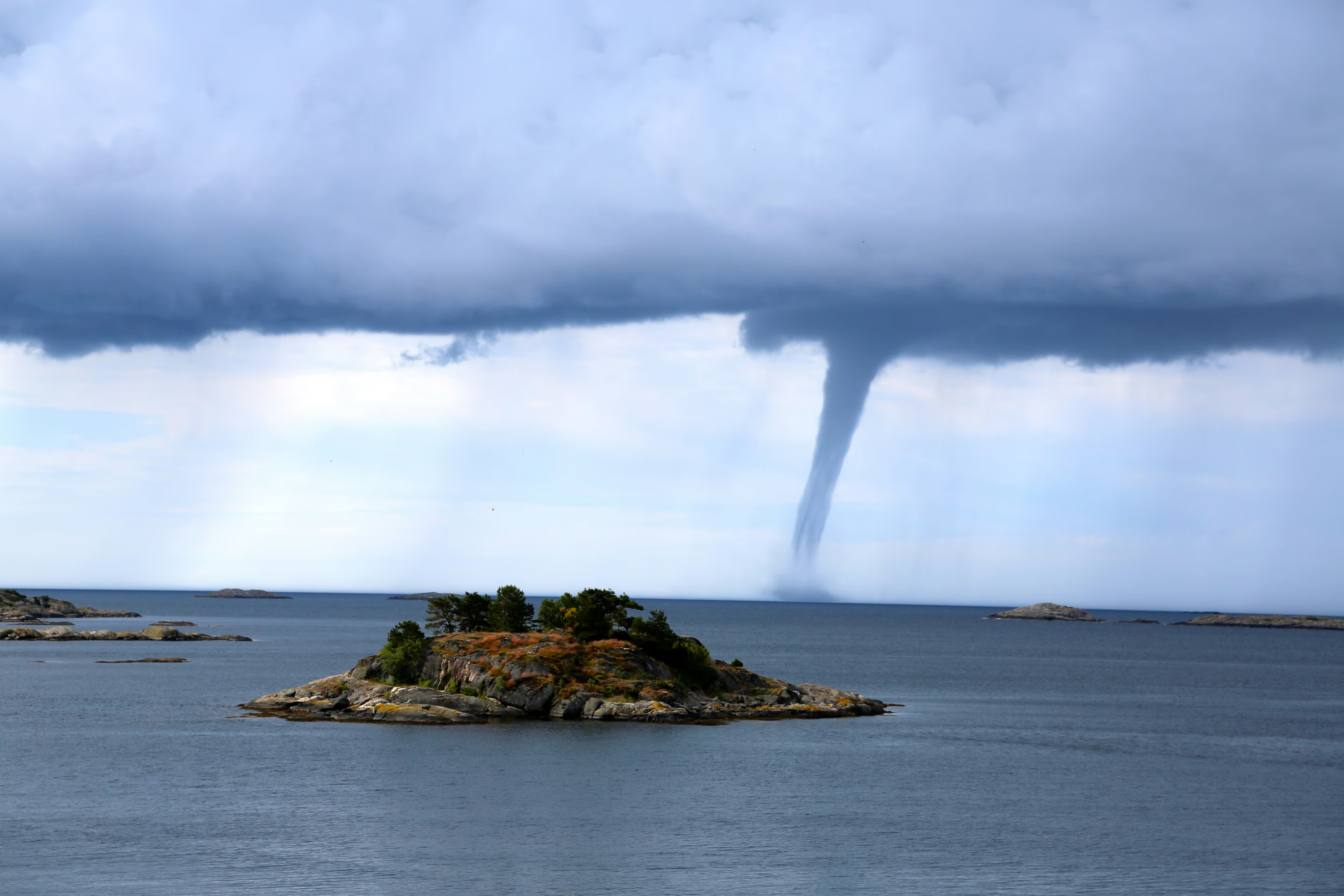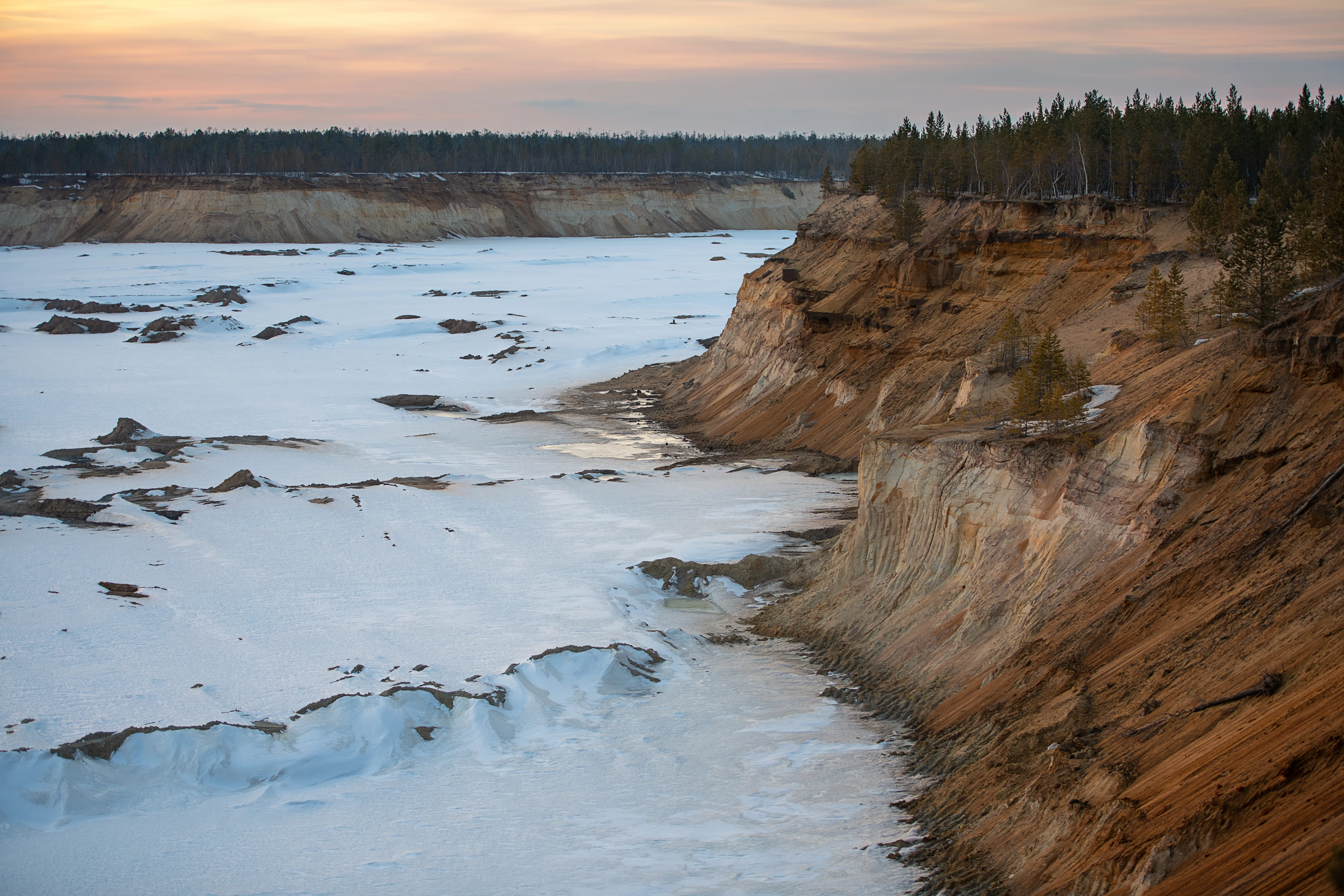
There are two kinds of waterspouts, ones that form in fair weather and others that form during tornadoes.
Tornadic waterspouts usually start as true tornadoes over land following a thunderstorm (cumulonimbus clouds) and then move out over the water. Although they will weaken over the water, they can still be large, dangerous, and cause damage to trees and homes.
Fair-weather waterspouts, on the other hand, form only over open water. They are connected to dark, flat-bottomed cumulus clouds that develop vertically. Since the clouds don’t move, they tend to stay in one place.
Waterspouts are usually small, relatively brief, and less dangerous. Thankfully, fair-weather waterspouts are the most common variety. They’re typically seen in late spring and summer.
US Department of Commerce, N. (2013, June 01). What is a waterspout? Retrieved January 24, 2021, from https://oceanservice.noaa.gov/facts/waterspout.html
Smith, B. (2020, January 13). Science - Waterspouts. Retrieved January 24, 2021, from https://www.weather.gov



